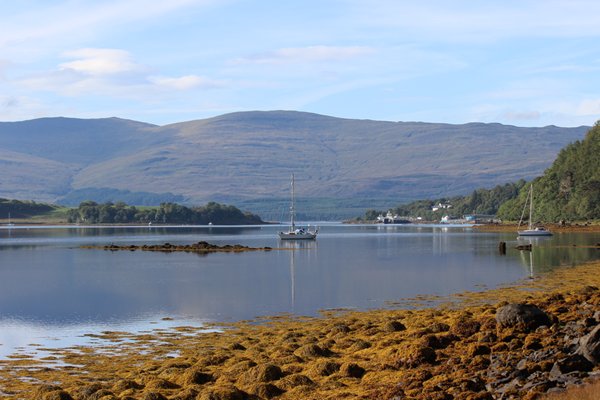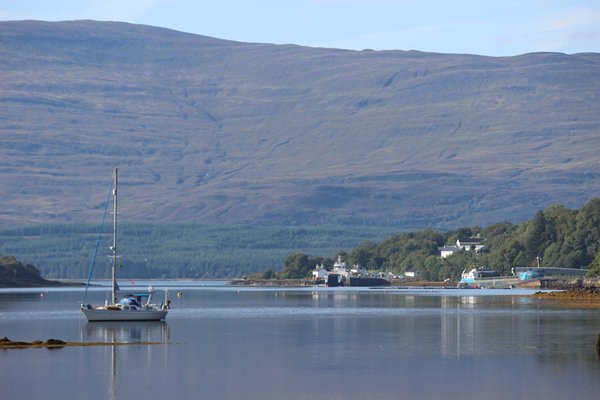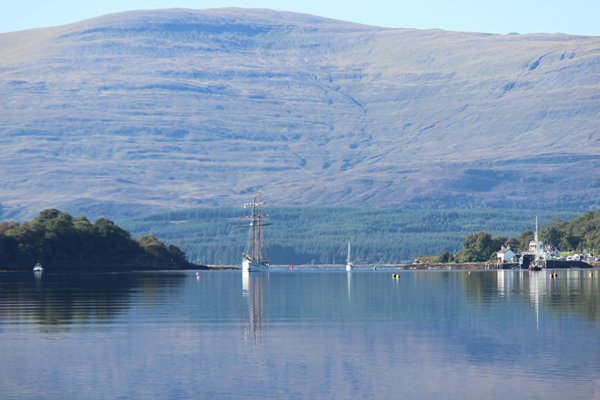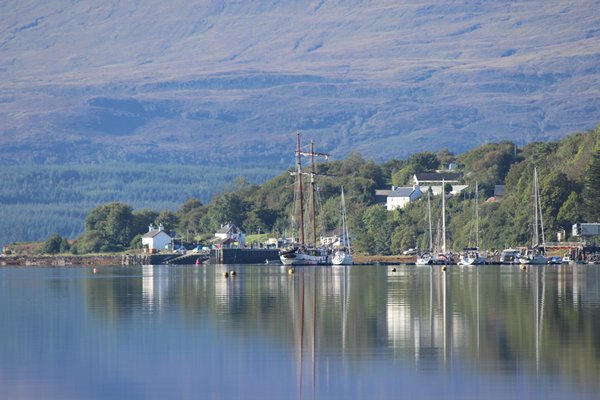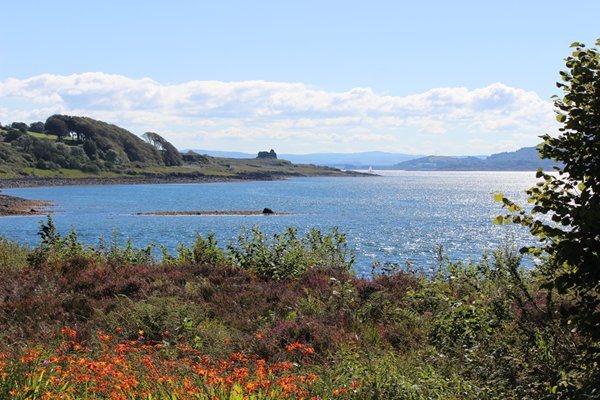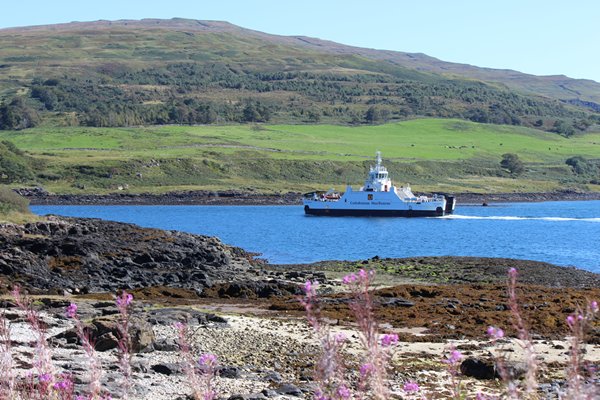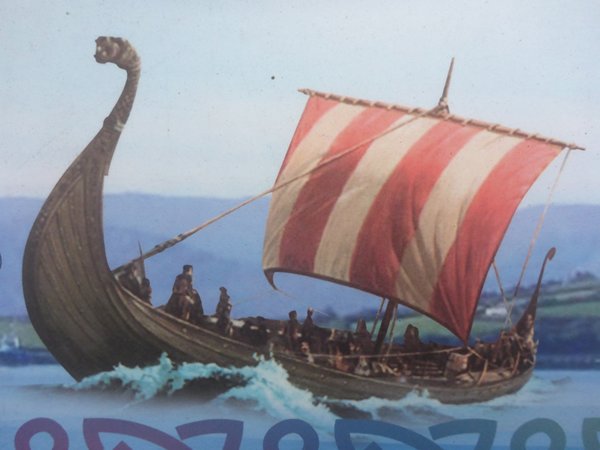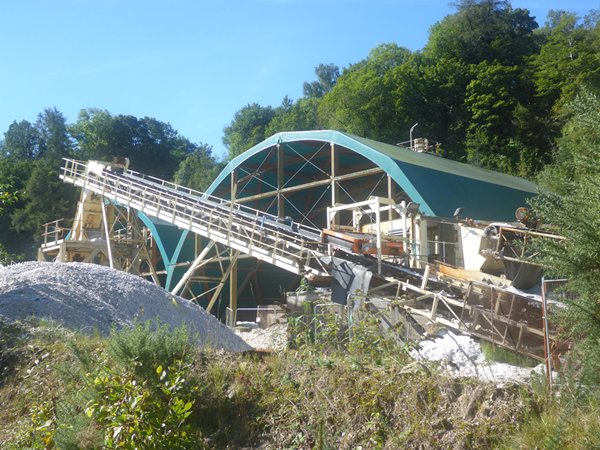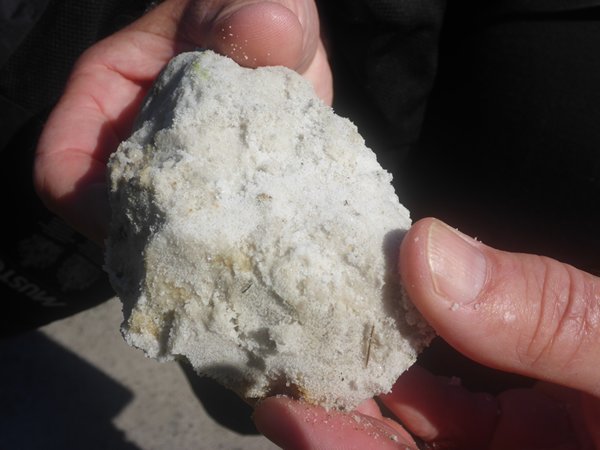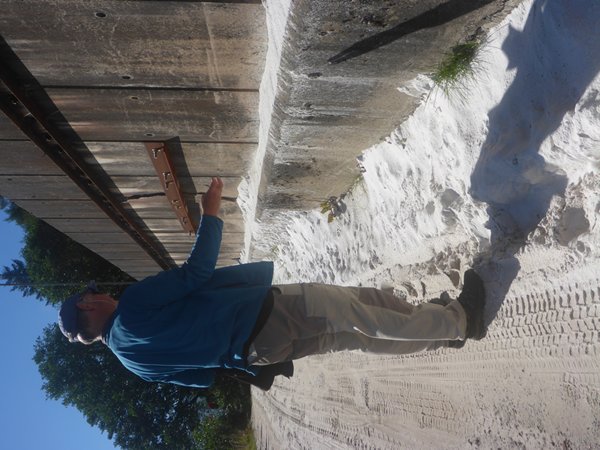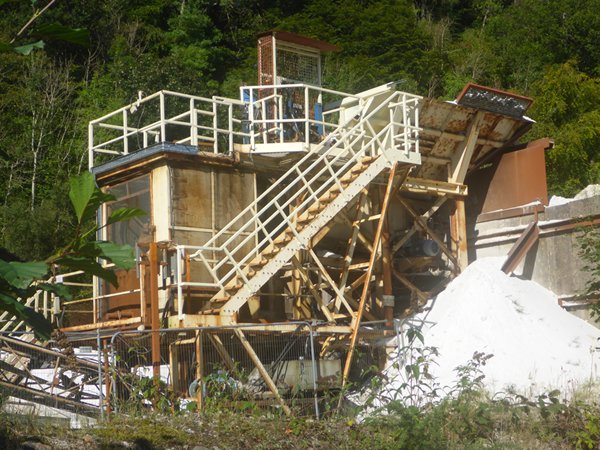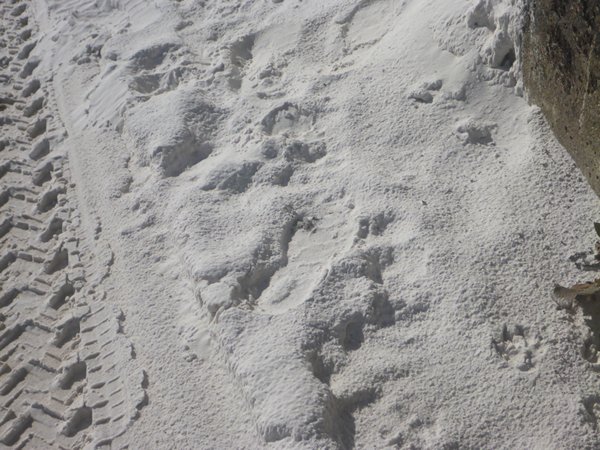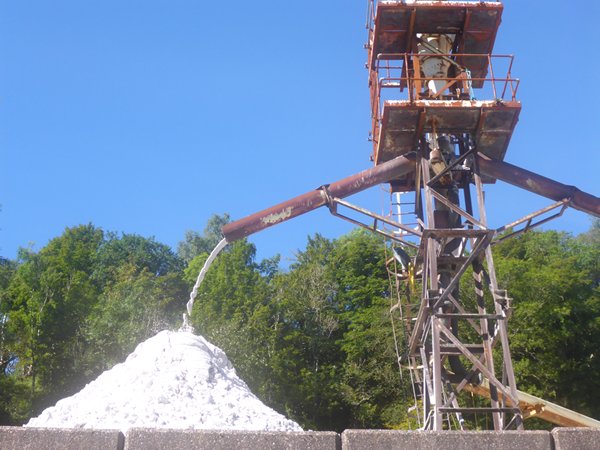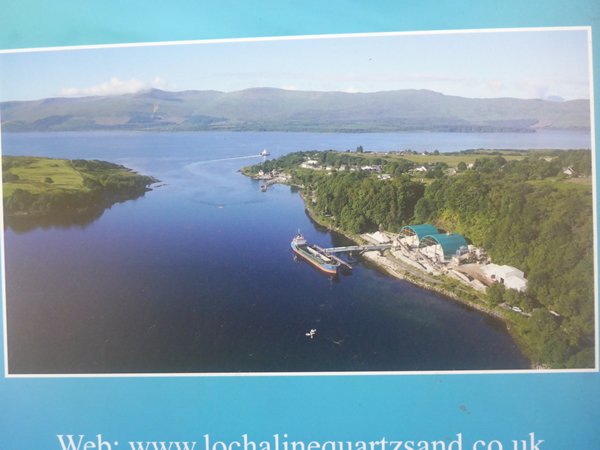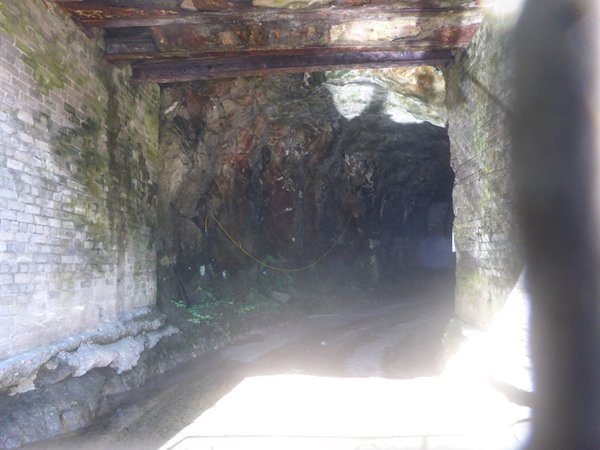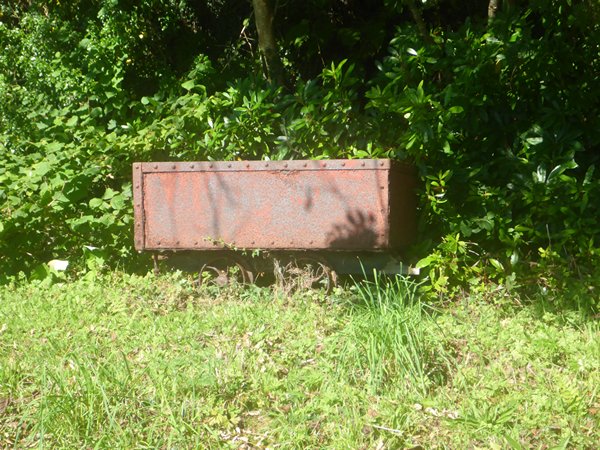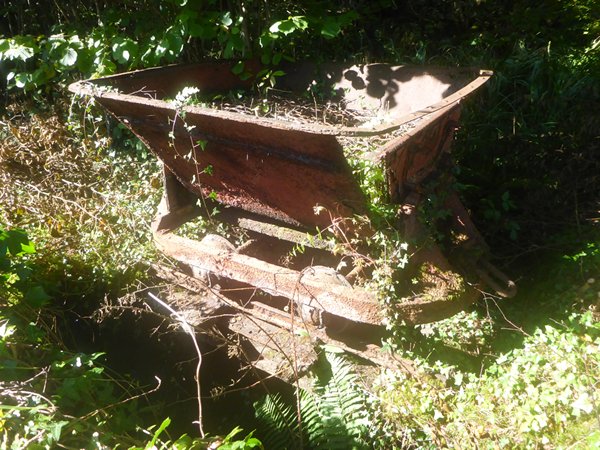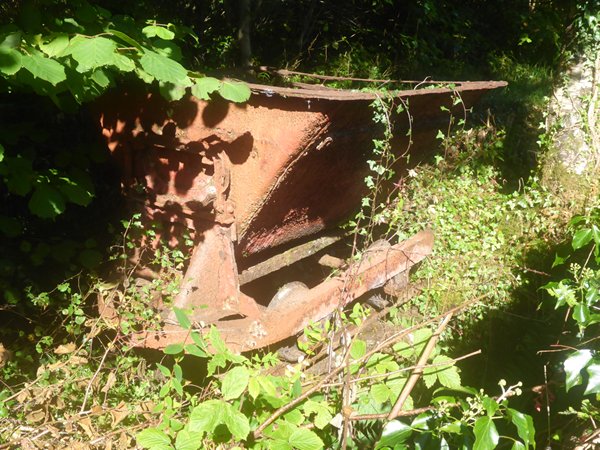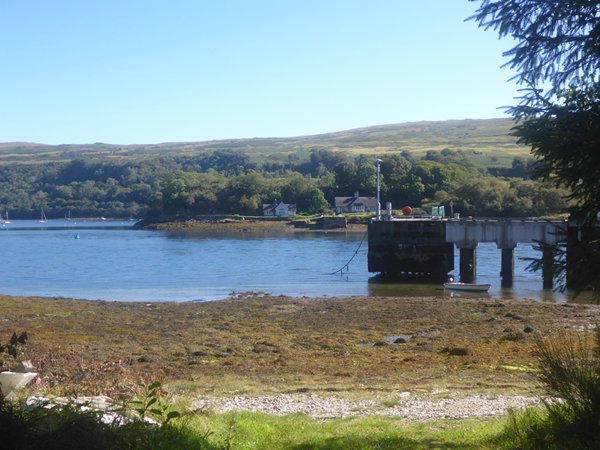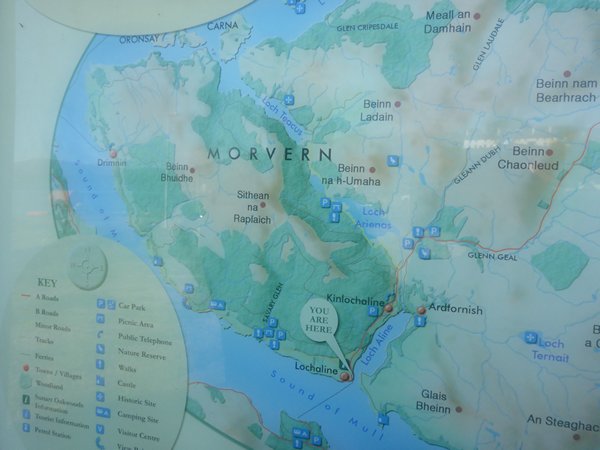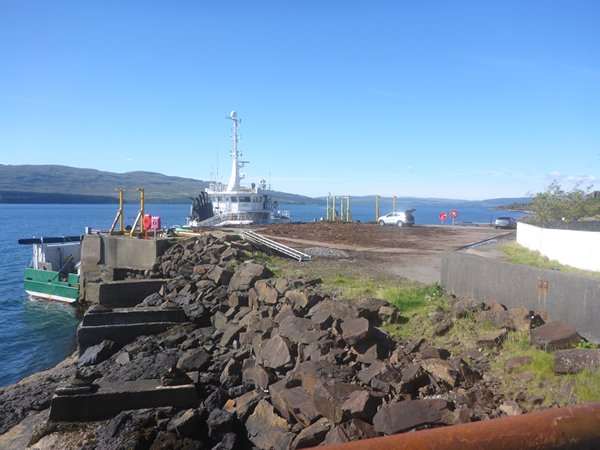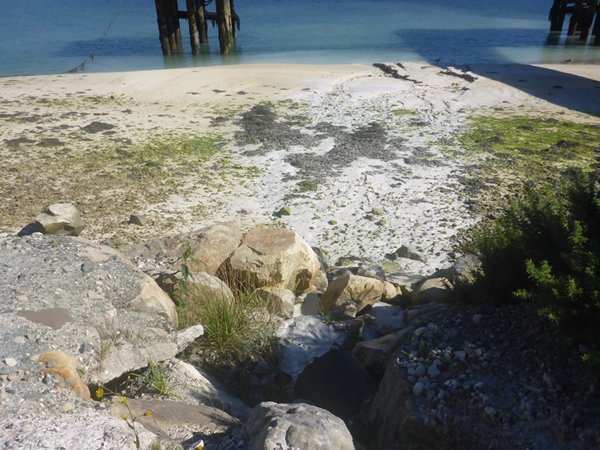Entering Loch Aline

Entering Loch Aline
Loch Aline has been a hive of activity for over a billion years, when dinosaurs roamed the sandy shores of the then warmer waters. Volcanoes were erupting in the area sending flows down their slopes to hit the water and hiss and stink into solid basalt rock. These flows also covered the white silica sand sixty million years ago and kept it protected from contamination and erosion so that there is now an ongoing history of mining this snow-like product for global export, which started during the Second World War by making periscope lenses and gun sights and is now in use in high quality lenses and clear glass products.
The presence of the sand deposit was first recorded in 1895, half a century too late for the victims of the famine and clearances. In 1923 the Edinburgh Geological Survey analysed the Lochaline sandstone and found it to be one of the purest deposits in the world. But cheap imports at the time and the isolation of the Scottish deposits made it uneconomic. Ironically it was the advent of WWII and the loss of other sources the brought about the opening of Lochaline Mine.
The history of this surprisingly harmless extraction is laid out all around to be explored and examined by the inquisitive likes of, me. The old mine entrances are now blocked up for our safety but the start of one tunnel reveals itself to a good lens (made from this sand I wonder) and a flash of light. The rails of the old track, with its mini trucks, rests across a bridged burn.
The silica sandstone is a 12 metres thick layer and the middle 5 metres is mined and brought to the processing plant in dumper trucks. The final product is sent along a covered conveyor belt into waiting ships.
The processing can be easily seen as we strolled by, the succulent splat of the washed sand dropping onto the draining pyramid of white was quite satisfying and no doubt also has the effect of preventing wind blown sand from escaping. The informative brochure describes the process of turning the stone into sand as ‘crushed, washed, screened, scrubbed and spiralized to remove impurities.’ I’ll go along with that! Just a pity they couldn’t find a use for it one hundred years earlier and maybe the 750 local emigrants could have found work and a future at home instead of seeking it in Australia, Canada, America and New Zealand.
What I really liked was the fact that after the washing and grading of the sand the watery residue goes back into the loch from whence it came and the effects of the mine on the local area are minimal because it is mined beneath the loch.
I remember coming alongside this pier for one night while aboard the Jean de la Lune as a paying passenger years ago. Our skipper had an arrangement that he could use the pier when there was no ship loading sand. Soon after we arrived a ketch came alongside us and the men on board joined us for the evening, bringing their musical instruments with them. We spent a lively evening, singing sea shanties from their booklets. Donations from us went to the RNLI.
I may have mentioned we came across Jean del la Lune again when we sailed in to Marina San Miguel, Tenerife on our outward journey in 2015. Two years ago, she sank on her alongside mooring and now sits high and dry in the yard awaiting a considerable investment of love and money.
Man has occupied this area for over 8000 years and probably much longer since the relatively mild and wet climate lends itself to usable plant and animal survival. For centuries it was part of the Sea Kingdom of Norway as the proud clans fought the threatening domination of monarchy.
If you look at the pictures of Zoonie in the lake, take her out of the scene and add 800 anchored birlinns, those supremely seaworthy and manoeuvrable high prowed Norse style vessels made of overlapping planks of wood (clinker-built), carrying a single four-cornered sail suspended from a wooden yard. They were ocean going craft whose proven record made them a popular design for many centuries.
The air around them would have been full with the noise of voices and the metallic song of blacksmiths’ tools, the smell of cooking from smoke fires and all the activities that surrounded Lord of the Isles Donald of Islay’s navy as they prepared for the Battle of Harlaw, fought at Inverurie in Aberdeenshire against the Stewart Royals.
First his 10,000 clansmen captured Dingwall Castle. They then came across, vaguely, 1000 – 2000 local gentry. The battle was a bloody one leading to it being referred to as ‘Red Harlaw’ and there was no clear victory. Donald returned to the Western Isles minus 900 slain fighters.
Walking around the entrance to the loch on the north shore there are a number of piers, including the modern, deep water one where the logging ships load up trunks from the forestry at any state of the tide.
However, back in 1843 when the 1500 locals were suffering from the potato famine and merciless clearances, 31 local families were given work and paid in the form of oat and wheat meal, to build the stone ‘Relief Pier’ now referred to as the Lochaline Old Pier, which has been thoughtfully preserved as a memorial to their plight. It is ironic that they laboured to build the pier which marked the first departure point of the 750 reluctant emigrants from the area.
There is so much rich history here in Loch Aline, I am writing two blogs to cover not only what we discovered but also the transition from the New Elizabethan age to the new Carolean age.
